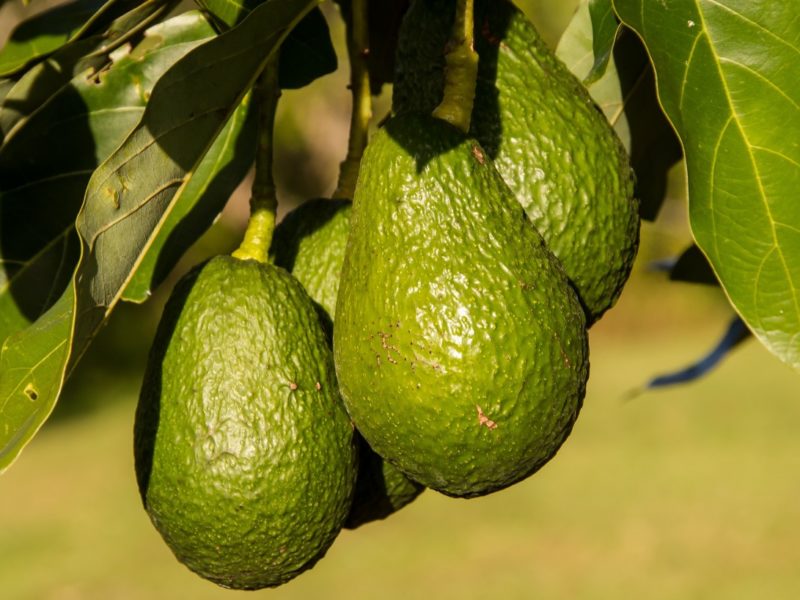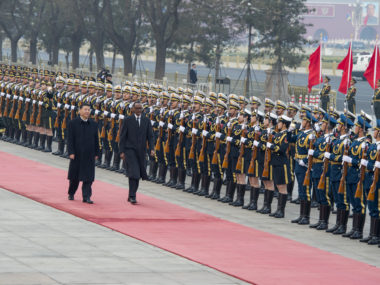Guest post by Joel Herrera
On July 14, 2021, ten people were reportedly abducted by armed men in Loma de Bácum, an indigenous Yaqui community located in Mexico’s northwestern state of Sonora. The remains of seven were found months later in clandestine graves. Over the last decade, dozens of Yaqui leaders and activists have been killed or disappeared by criminal groups for mobilizing against the overexploitation of their natural resources.
Such headlines are not unique to Sonora. From illegal gold mining in Colombia to deforestation in Honduras, criminal groups in the Global South have diversified their profit-making activities toward a variety of primary commodities with destructive consequences.
Why are criminal organizations diversifying into natural resources? And what is the impact on violence in developing countries like Mexico?
This past December marked the fifteen-year anniversary of Mexico’s War on Drugs launched by former president Felipe Calderón. Although criminal violence began to increase in the 1990s, this watershed moment generated unprecedented levels of violence and militarization in several parts of the country. Instead of eradicating drug trafficking and organized crime, state repression intensified competition among criminal groups while incentivizing them to pursue profit-making activities in new economic sectors. This is the war-profit motive behind criminal diversification.
Criminal diversification, however, is not simply an economic question. It is a political one as well. Criminal groups have emerged as de facto authorities in rural and urban communities across Latin America. In Mexico, local populations, economies, and governments are at the center of criminal conflicts—not just illicit drug markets.
This means there is also a governance motive behind diversification. Controlling key industries helps criminal groups dominate local communities in addition to providing an attractive source of revenue. Export-oriented agricultural and mineral commodities are among the most valuable and “lootable” sectors in rural areas where many armed actors operate.
Quantitative research demonstrates that access to income generated by export-oriented agricultural and mineral commodities is associated with high levels of violence across Mexico. Empirical and anecdotal evidence also suggest that this is often the case across Latin America and the Global South. In Myanmar, for example, drug trafficking and illegal logging by both insurgent and criminal actors has sustained an ongoing ethnic conflict. In some parts of Colombia, illegal gold mining has substituted the drug trade as a source of revenue for armed actors and as a driver of violence.
In Mexico’s southwestern state of Michoacán, various criminal groups have come to tax, capture, and fight over natural resources. The once-dominant organization known as Los Caballeros Templarios reportedly made more money levying taxes on iron ore mines than from drug trafficking. This same group extorted avocado producers while controlling the production and distribution of limes for export.
In this way, primary commodities have been in the background of multiple armed conflicts in Michoacán over the last two decades. In 2013, agricultural producers and other local elites formed vigilante groups to combat extortion and violence by the Templars. Some of these autodefensas, however, were also known to run protection rackets. For example, the Templars extracted $20,000 per day from mining companies in the town of Aguililla. The local vigilante group that upended the Templars continued to tax these companies, but “only” half of that amount.
More recently, in 2021, national and international media outlets reported the renewed presence of armed civilians in Michoacán that call themselves Pueblos Unidos. According to the prevailing narrative, over 3,000 avocado and berry producers have taken up arms against the invading Cártel Jalisco Nueva Generación. Doubts have emerged, however, as to whether Pueblos Unidos is actually a citizen’s militia or simply the latest rebranding of an alliance of local armed actors known as Cárteles Unidos.
The global rise of avocado consumption, especially in the US, has become intertwined with media consumption about narcos and violence in Mexico. Media coverage fascinates and guilts international consumers with the idea of avocados as a conflict commodity. More recently, the international spotlight has focused on the skyrocketing price of limes and its relationship to organized crime. Reality, however, is far more complex than a simple rush for green gold by drug cartels. Increasing levels of violence in places such as Michoacán and Sonora show that a variety of commodities are at the center of Mexico’s drug wars. The emergence of criminal actors as local authorities also shows that these drug wars are in fact social conflicts over political, human, and natural resources.
Joel Herrera is a PhD candidate in the Department of Sociology at UC Los Angeles.







